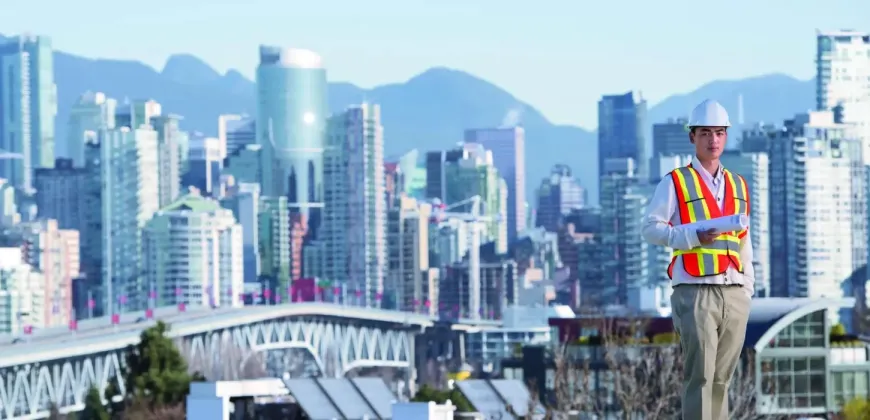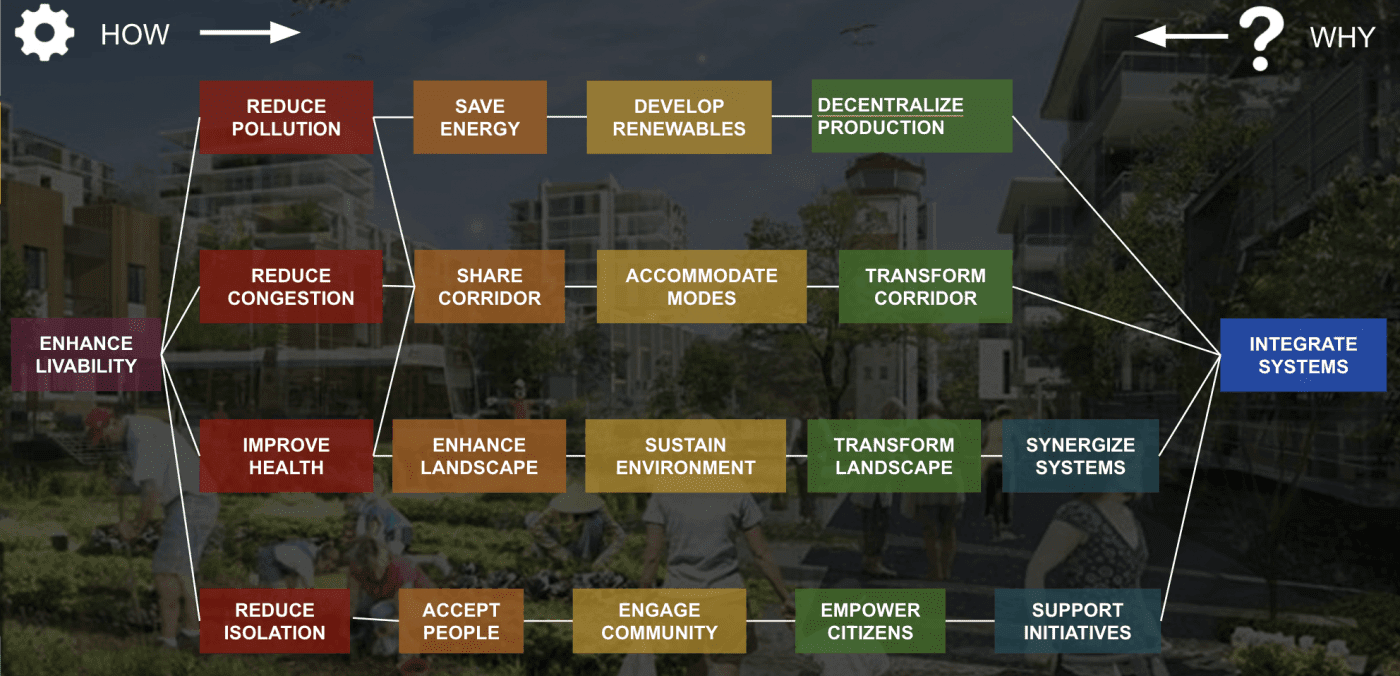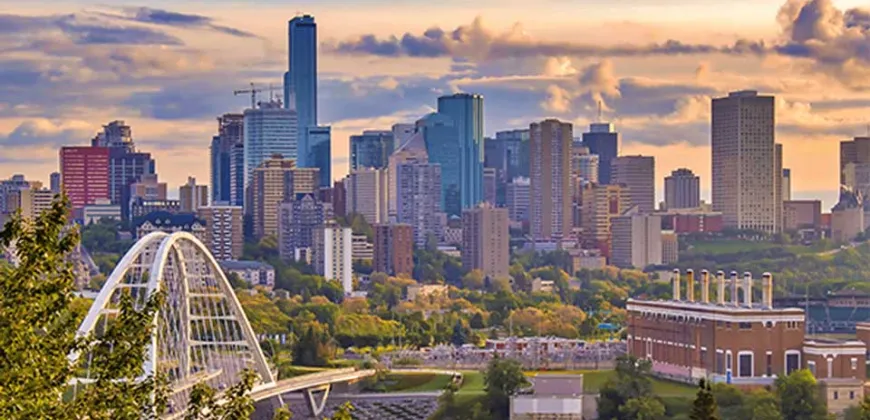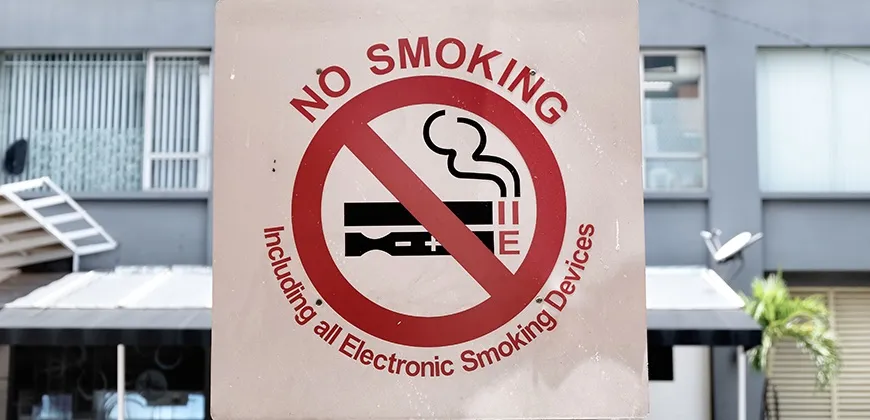Edmonton Blatchford site redevelopment
MEL in Urban Systems project supports a community’s vision
Turning a brownfield site into a sustainable community: Students developed design concepts for sustainable, livable, mixed-use multimodal and innovative neighbourhoods

It’s a unique development project in Canada: what was once an airport two kilometres from downtown Edmonton is being transformed into a sustainable carbon-neutral community that will eventually be home to 30,000 people.
For students in UBC’s Master of Engineering Leadership (MEL) in Urban Systems program, the Blatchford Redevelopment Project provided a real-world opportunity to deepen their understanding of urban systems engineering and learn how to develop design concepts that support a community’s vision.
Learning about engineering leadership from an engineering leader
Konrad Siu is very familiar with Blatchford, having served as director and transformation manager at the City of Edmonton before retiring in February 2017. Now an adjunct professor at UBC, the civil engineer teaches the MEL Urban Systems Engineering class, which explores the interdependencies of municipal infrastructure systems. For the final course project, he asked students to recommend a balanced approach to developing the Blatchford site.
“The MEL in Urban Systems is an engineering leadership program,” he says. “That means students need to understand the why and the what more than the how. They also need to gain familiarity with the decision-making tools and processes – like risk assessment and value engineering – that leaders use to evaluate potential solutions. And they also need to see how decisions are made in municipal government.”
Generating design concepts to support a community vision
Konrad invited Mark Hall, development manager for the redevelopment project, to visit the class, share Edmonton’s vision for Blatchford and answer student’s questions. Students then formed small teams to create at least two development scenarios that aligned with Blatchford’s sustainability strategy.
One group was made up of Athar Bukhari, Kevin Chen, Suma Jose, Meysam Tehrani and Luis Valenzuela. The students came from diverse backgrounds – project management, civil engineering, architecture, urban planning and construction/project management respectively.
Together, they brainstormed ideas; Suma, who had worked as an architect for four years prior to enrolling in the MEL, helped her team group their disparate ideas into design concepts that would enhance the community’s livability and integrate urban infrastructure systems. “These design concepts acted as the guiding principles for the project and were based on Edmonton’s sustainable and smart city vision,” she explains.
Innovative solutions support Blatchford’s sustainability and livability goals
The group developed two design concepts: Landscape of Energy and Corridor of Life. The first focused on implementing green infrastructure and sustainability. The team came up with ideas for reducing energy use and generating and storing energy in innovative ways – from sidewalks with embedded solar panels to a distributed energy system.
The second concept, Corridor of Life, envisioned a central multimodal transportation corridor flanked by local businesses, interactive public spaces, community gardens and other gathering points. This design concept celebrated the site’s heritage by maintaining the airport’s control tower, main runway and other historical infrastructure.
Each team member brought their specific unique experience and skills to the project. Suma leveraged her experience in green building design and urban planning to bring the architectural and urban design perspective to the project. Athar, a civil engineer with experience in construction project management, took the lead in developing ideas for transportation infrastructure, including planning and designing a multimodal transportation system. Kevin, also a civil engineer, came up with innovative ideas for utilities, such as a utility corridor that would cluster utilities together to reduce maintenance costs. Luis, a project manager, explored ways to integrate the historic elements of the site, and Meysam, with his background in urban planning, focused on community engagement.
The process is as important as the outcome
One of the goals of the course was to familiarize students with the decision-making tools they can use to assess trade-offs and make informed choices – those that are based on analysis and evaluation rather than guesswork.
“We initially had so many ideas and viewpoints,” says Kevin. “But through value engineering techniques we were able to break our ideas down into their component parts and then build our two design concepts out of that. We then conducted rigorous risk and feasibility analyses of each of our ideas.”

Value Engineering
Presenting their ideas to the experts
At the end of the project, the students travelled to Whistler to present their recommendations to a panel of municipal sustainability experts, including the executive director of the Whistler Centre for Sustainability.
“The external reviewers and Blatchford’s development manager were amazed at the ideas and innovative approaches developed by the students,” says Konrad. “The course really gave our students a sense of what it means to be a leader within an engineering environment and this is not something you can learn from a textbook.”



